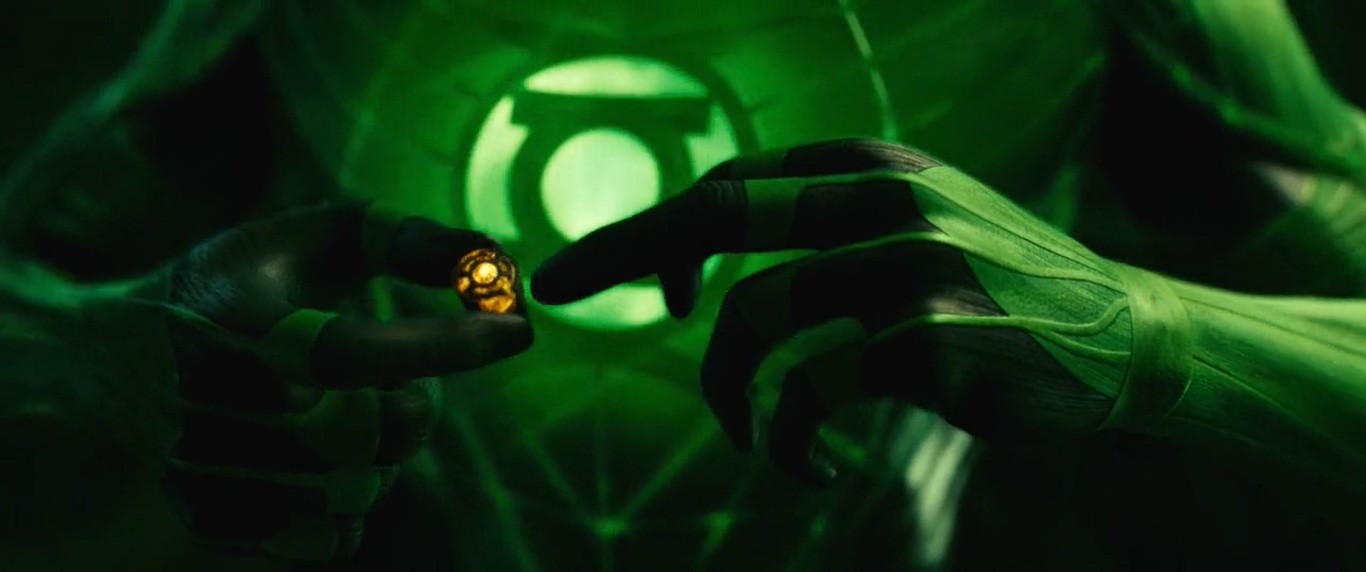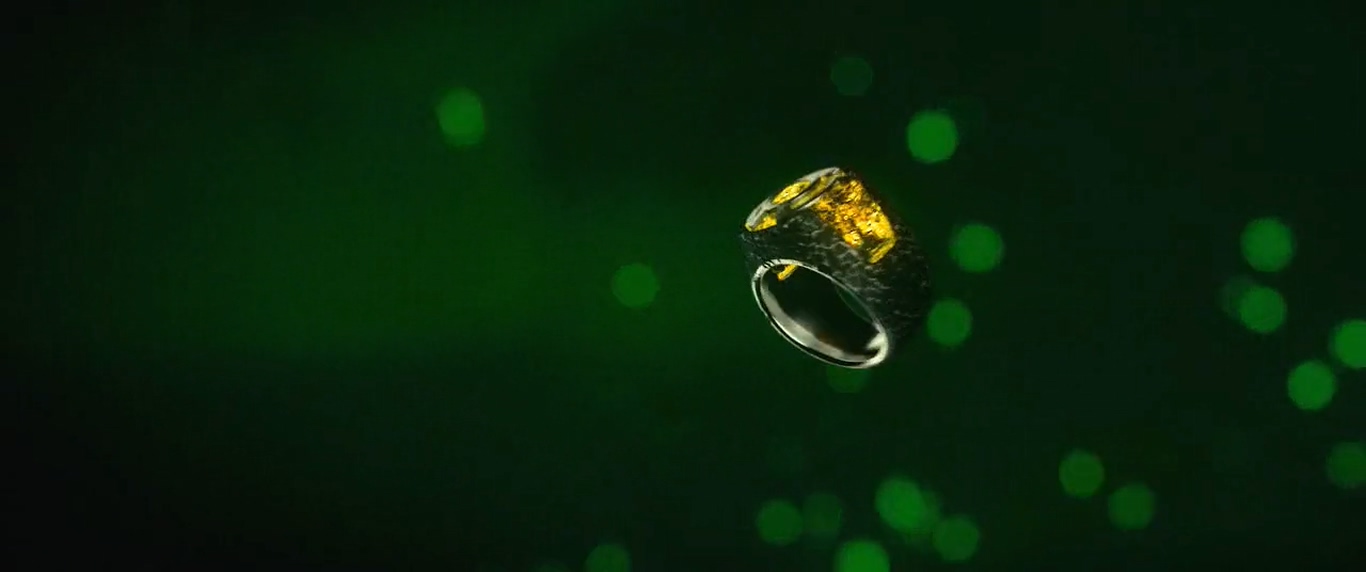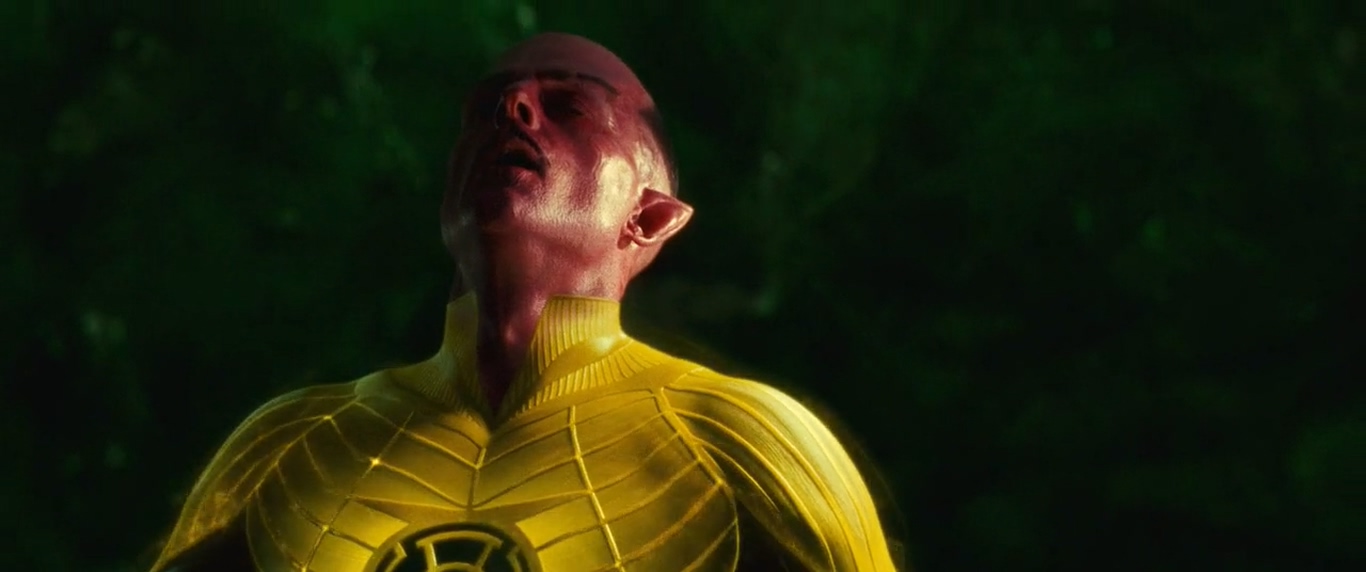New Zealander filmmaker Martin Campbell (‘The Mask of Zorro’) had a stint in the DC superhero universe with his 2011 foray ‘Green Lantern.’ The intergalactic story has in its center smug test-pilot Hal Jordan, who is chosen for a massive responsibility by the ring of the great peacekeeping warrior and protector of sector 2814, Abin Sur. Albeit unwilling, Hal becomes a superhero donning the garb of a Green Lantern – the first human member of the prestigious Green Lantern Corps. Now faced with hostility from a superior race, he must live up to the great responsibility and prove his race’s worth.
In the meantime, the sinister supervillain Parallax threatens to destroy the Earth, and Hal must prove his competence in battle. The story is seemingly well-rounded, but a mid-credit sequence changes many equations and gives rise to several questions. It may seem like an attempt to set us up for the sequel, and while the sequel is nowhere near the horizon, you must be bugged by the sequence. If you are looking for answers, let us probe further into the matter. SPOILERS AHEAD.
Green Lantern’s Mid-Credits Scene: What Does it Mean?
The movie ends with Hal defeating Parallax. After he pulls off the seemingly impossible feat, Hal is seemingly reintegrated into the Green Lantern Corps. He redeems himself and his race in the eyes of the inhabitants of Oa. In front of a large assembly, Sinestro praises Hal’s fight against Parallax. On the other hand, he takes the oath to create an even stronger army to counter evil extraterrestrial threats. Unyielding Corps trainer Kilowog is genuinely excited to put the newbies through hell so that they may know what awaits them in realistic combat situations.

However, that is not the end of it since a mid-credit sequence prepares us for the next course of the story. The mid-credit sequence is the inception story of Sinestro – who is a powerful supervillain in the DC universe. However, in this movie, Sinestro comes off as the skeptic mentor of Hal, although telltale signs of his totalitarian nature are already present. He does not trust the judgment made by the ring.
Consequentially, he thinks of Hal as an incompetent heir of the legacy of great protector Abin Sur. Sinestro is an anthropologist by origin; he takes pride in his racial lineage and thinks of humans as inferior. He entrusts the Guardians of the Universe to make a yellow ring from the energy of fear to defeat the fearful enemy of Parallax. In the mid-credit scene, he wears the ring, and the color of his suit turns from green to yellow. Time and again, Sinestro states that the energy of the lantern comes from will.

In the planet of Oa, the will is the source of all power, including the ring that Hal inherits from Abin Sur. The color green symbolizes will and is, therefore, a natural source of energy for the lanterns. On the other side of the coin is the color yellow, representing fear. Parallax, the rogue guardian, succeeded in harnessing fear but was also consumed by its evil aura. Sinestro follows the same path as Parallax in the comic-book narrative, instilling fear rather than fighting it. The Guardians banish Sinestro in an antimatter universe, where he ends up in Oa’s mirror-world Qward.
In short, the scene sets us up for a sequel, which never came to be, as the movie failed to cause an uproar at the box office. Reynolds changed sides to Marvel Cinematic Universe to star in the 2016 subversive blockbuster ‘Deadpool,’ cleaning up the timelines. DC now seeks to revive the superhero franchise in a 10-episode-long live-action TV series slated for HBO Max.
Read More: Green Lantern Ending, Explained


You must be logged in to post a comment.